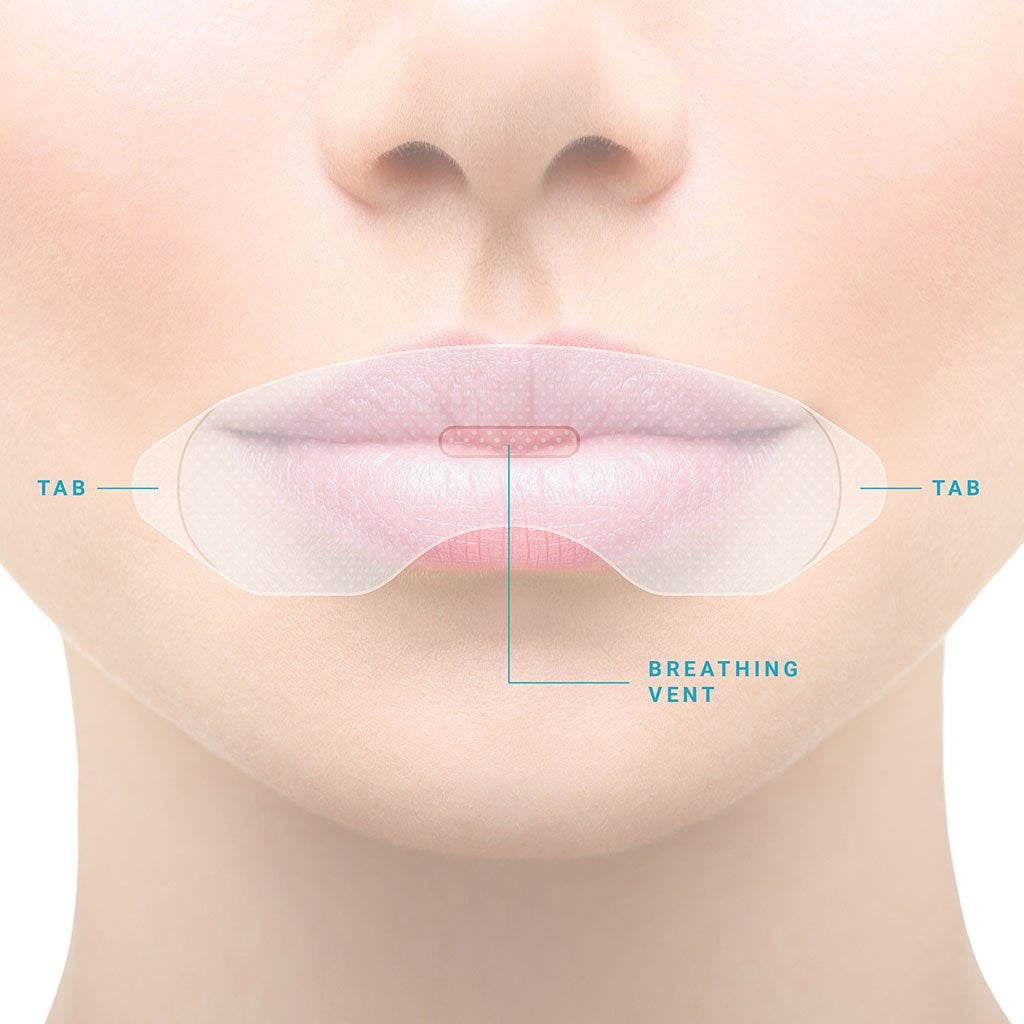Are you looking for a simple and effective way to improve your sleep quality? Mouth taping might be the solution you’ve been searching for. This comprehensive guide will walk you through the benefits of mouth taping, provide step-by-step instructions on how to do it correctly, and discuss potential risks and contraindications. Say goodbye to restless nights and hello to better sleep with mouth taping!
Mouth Taping For Sleep: A Comprehensive Guide

The Benefits of Mouth Taping For Sleep
Mouth taping has gained popularity due to its numerous benefits for sleep. Here are some of the key advantages:
- Improved Nasal Breathing: Mouth taping encourages nasal breathing, which is the body’s natural way of breathing. Nasal breathing filters and warms the air, providing oxygen to the brain and protecting the lungs from irritants.
- Reduced Snoring: Mouth breathing is often associated with snoring, as the relaxed jaw and tongue can obstruct the airway. Mouth taping helps keep the jaw and tongue in a slightly forward position, reducing or eliminating snoring.
- Reduced Morning Dry Mouth: Mouth breathing can lead to dry mouth upon waking, as the mouth is not sufficiently moistened by saliva. Nasal breathing keeps the mouth hydrated, reducing this discomfort.
- Improved Sleep Quality: Nasal breathing promotes deeper and more restful sleep. When the nasal passages are open, the body can relax more fully, leading to improved sleep quality and reduced daytime fatigue.
Now that you know the benefits of mouth taping, let’s move on to how you can incorporate this practice into your nightly routine.
Mouth Taping For Sleep: How To Do It Correctly
Mouth taping is a simple technique that involves using a gentle adhesive tape to keep your lips sealed while you sleep. Follow these steps to ensure you are taping your mouth correctly:
- Choose the Right Tape: Opt for a gentle, hypoallergenic tape that is easy to remove. Avoid tapes that are too sticky or may cause skin irritation.
- Prepare Your Lips: Make sure your lips are clean and dry before applying the tape. This will help the tape adhere better throughout the night.
- Apply the Tape: Cut a piece of tape that is long enough to cover your lips horizontally. Place the tape across your lips, ensuring it is secure but not too tight. You should still be able to open your mouth slightly if needed.
- Practice Nasal Breathing: Throughout the night, focus on breathing through your nose. If you find it difficult at first, try practicing during the day to get used to nasal breathing.
- Remove the Tape Gently: In the morning, carefully remove the tape by peeling it off from one corner. Discard the used tape and wash your face as usual.
To make it easier to understand the steps involved in mouth taping, refer to the table below for a quick summary:
| Steps | Instructions |
|---|---|
| Choose the Right Tape | Opt for a gentle, hypoallergenic tape that is easy to remove. |
| Prepare Your Lips | Ensure your lips are clean and dry before applying the tape. |
| Apply the Tape | Cut a piece of tape and place it securely across your lips. |
| Practice Nasal Breathing | Focus on breathing through your nose throughout the night. |
| Remove the Tape | Gently peel off the tape in the morning and wash your face as usual. |
By following these steps, you can effectively incorporate mouth taping into your bedtime routine and start reaping the benefits of improved sleep quality.
Mouth Taping For Sleep: Risks and Contraindications
While mouth taping can be a beneficial practice for many individuals, it is essential to be aware of potential risks and contraindications before starting. Here are some factors to consider:
- Nasal Congestion: If you have chronic nasal congestion or allergies that prevent you from breathing through your nose, mouth taping may not be suitable for you. Consult with a healthcare provider to address any underlying issues before attempting mouth taping.
- Claustrophobia: Some individuals may feel uncomfortable or claustrophobic when their mouth is taped shut. If you experience anxiety or distress while mouth taping, discontinue the practice and explore other sleep improvement techniques.
- Skin Sensitivities: Certain types of tape may cause skin irritation or allergic reactions in some individuals. If you notice any redness, itching, or discomfort after using tape, switch to a different brand or material that is gentler on the skin.
It is always recommended to consult with a healthcare professional before trying any new sleep practices, especially if you have underlying medical conditions or concerns.
Conclusion
In conclusion, mouth taping can be a simple yet effective method to enhance your sleep quality by promoting nasal breathing and reducing common issues such as snoring and dry mouth. By following the step-by-step instructions provided in this guide and being mindful of potential risks and contraindications, you can safely incorporate mouth taping into your nightly routine. Remember to prioritize your comfort and well-being when exploring new sleep improvement techniques, and don’t hesitate to seek guidance from a healthcare provider if needed. Say goodbye to restless nights and hello to better sleep with mouth taping!


